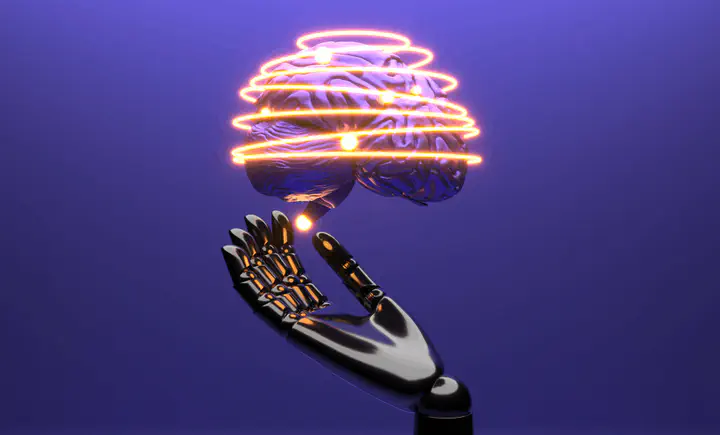How Many Types of AI Are There and What Are They For?
 Image credit: Freeepik
Image credit: Freeepik
The term artificial intelligence (AI) was first introduced in the 1950s as a branch of computer science concerned with the automation of intelligent behavior. Since then, AI and its associated techniques have developed rapidly to the point that today not only is there still no fully accepted definition of what AI is, but there are various approaches to it.
Most frequently, AI is associated with the ability of a machine to sense its environment, learn from experience, make decisions based on input and goals, and ultimately perform human-like tasks. With the swift progress made by Big Data technologies and the ever-increasing capacity of computer storage and lightning-fast speed of data processing machines, AI is being revitalized.
Considering those advances AI could also be defined as “the ability (of a computer system) to correctly interpret external data, learn from such data, and use those learnings to achieve specific goals and tasks through flexible adaptation” (Kaplan & Haenlein). These “intelligent” systems use all kinds of algorithms and machine learning techniques to learn from data and make decisions aimed at achieving specific goals.
…continue reading here.
Note: this article was originally published by the author in FrontiersInBusinessTransformation